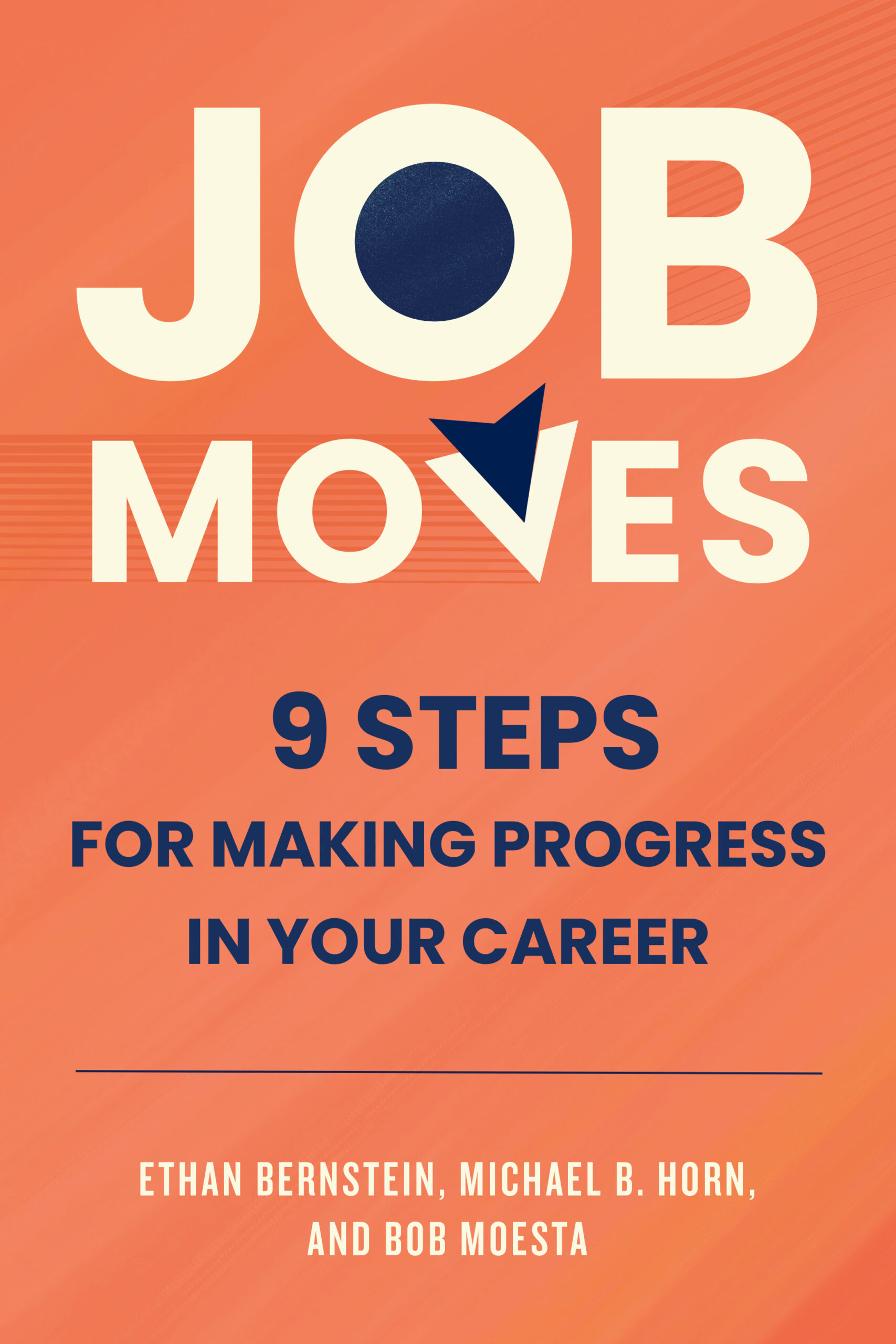Why There’s Little Consistency in Defining Competency-Based Education
By Tony Wan
Grit. Open. Disruptive innovation. Powerful ideas that seem simple in print quickly take on new, and potentially divergent, meanings as they are applied to policy and practice. Some terms, including “open,” get appended to specific use cases. Others become “bastardized,” in the words of Clayton Christensen, who coined “disruptive innovation.”
Enter competency-based learning (CBE), a term introduced in the 1970s when the U.S. Department of Education issued grants to support CBE programs, focused on helping adult learners, at postsecondary institutions. Since then, CBE has trickled down into the K-12 system, where enthusiasm and support have led to statewide policies supporting the development of such programs in regions like New England.
Yet not everyone agrees on what CBE means—or how it should be implemented in K-12.
“There are a lot of concern around issues of equity if there isn’t a minimum pace at which students progress,” says Michael Horn, a principal consultant at Entangled Solutions. “How are teachers going to put more effort to help those who are lagging so that they don’t fall behind?”
One can imagine the headaches if every CBE school or district were to create its own rubric for assessing mastery. “I personally think that there needs to be a way to make comparisons across schools and districts,” says Horn.
Personalized learning technology seems primed to support CBE models, by allowing students in the same room to work through different content based on their varying skill levels and needs. These tools also allow students to master content at a flexible place, and keep track of the skills and knowledge areas in which they are succeeding or struggling. “Technology is of tremendous benefit of helping us do CBE at scale,” says Horn.

0 comments